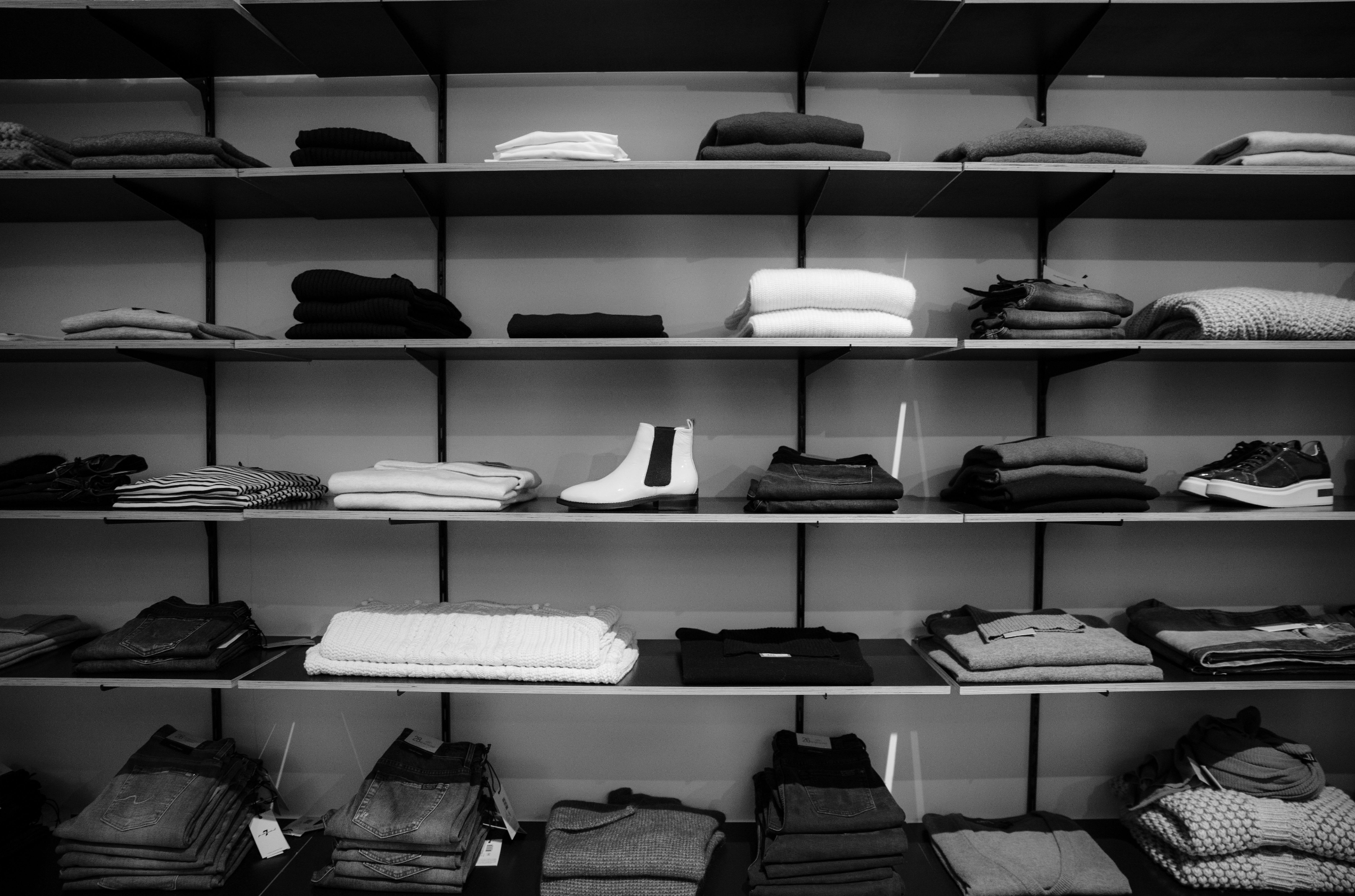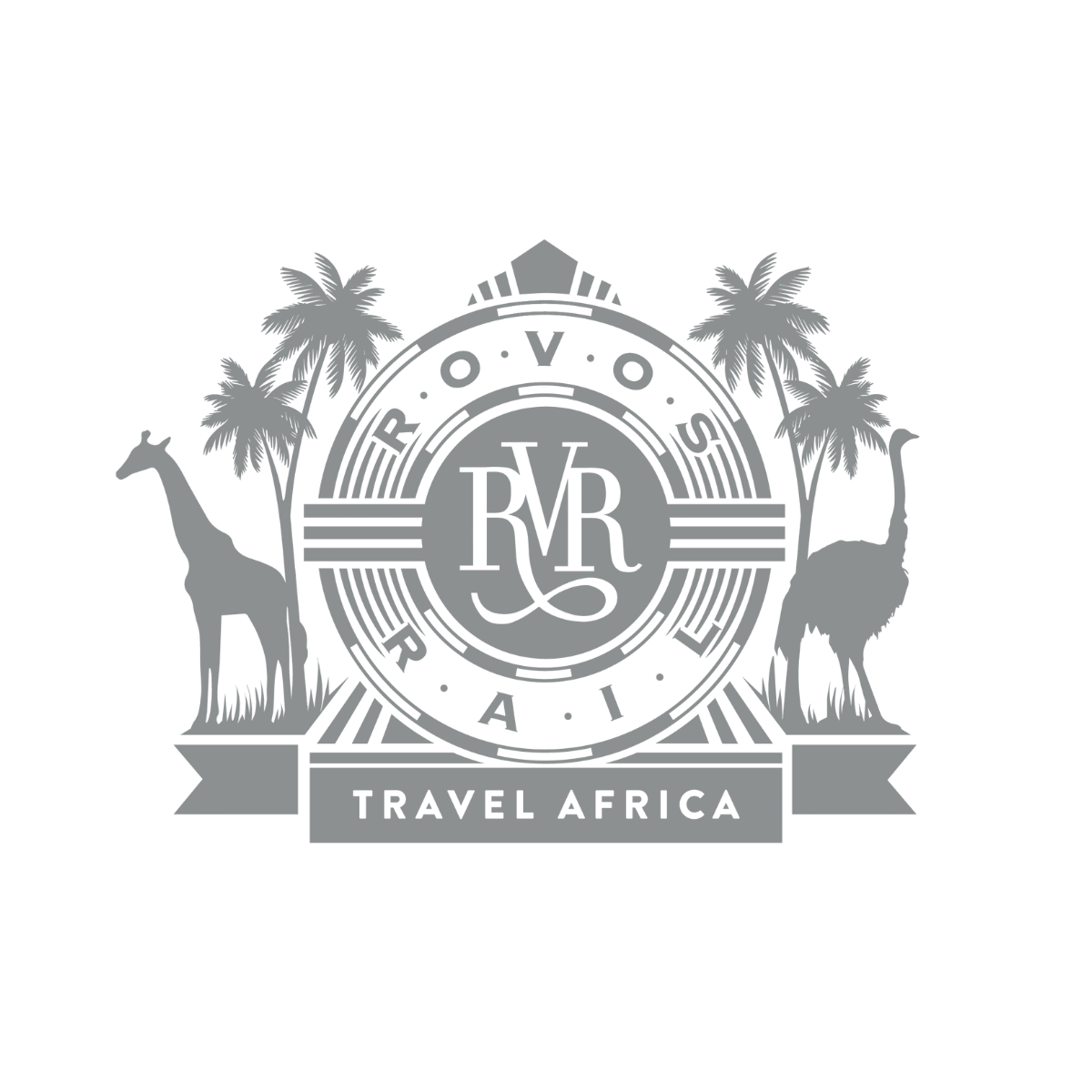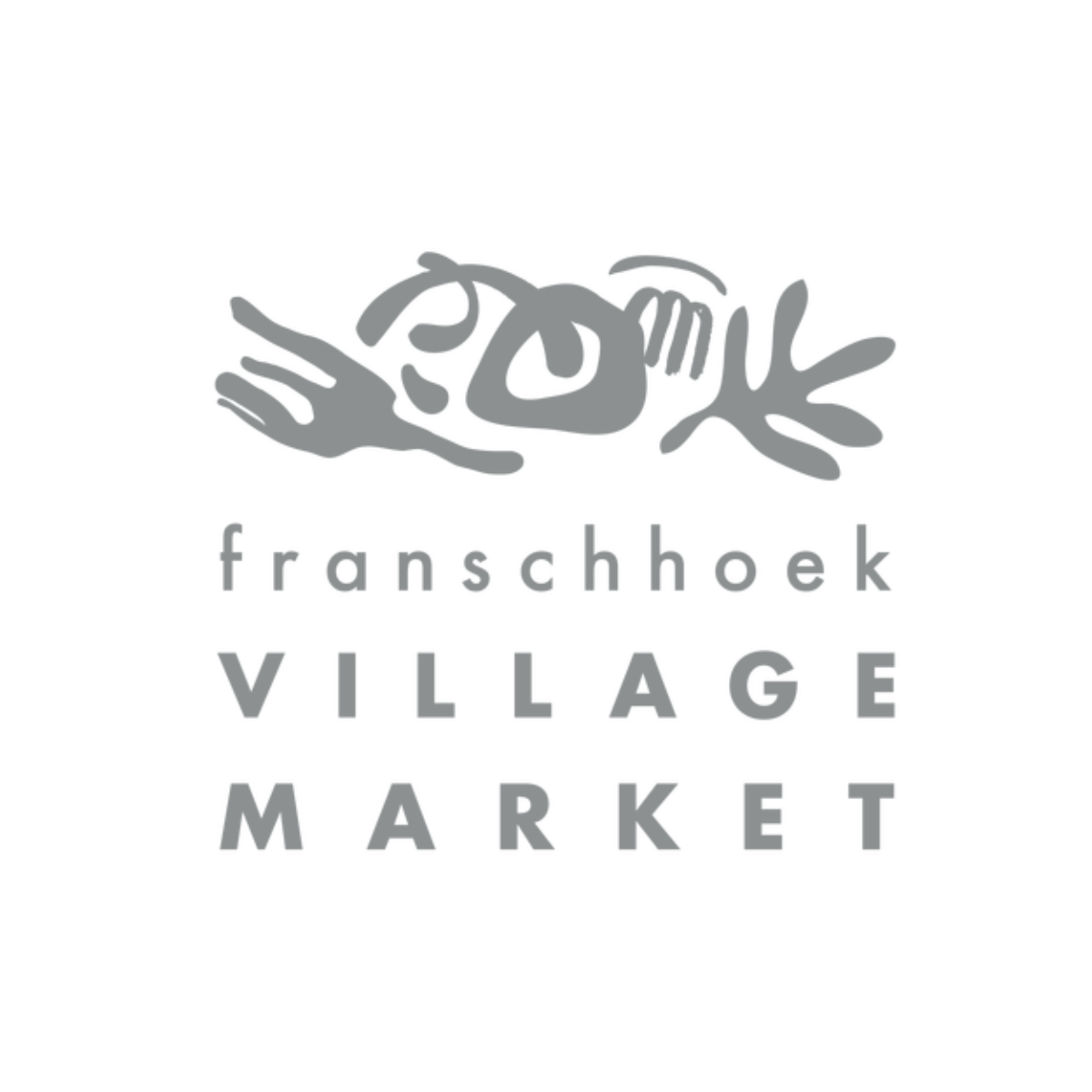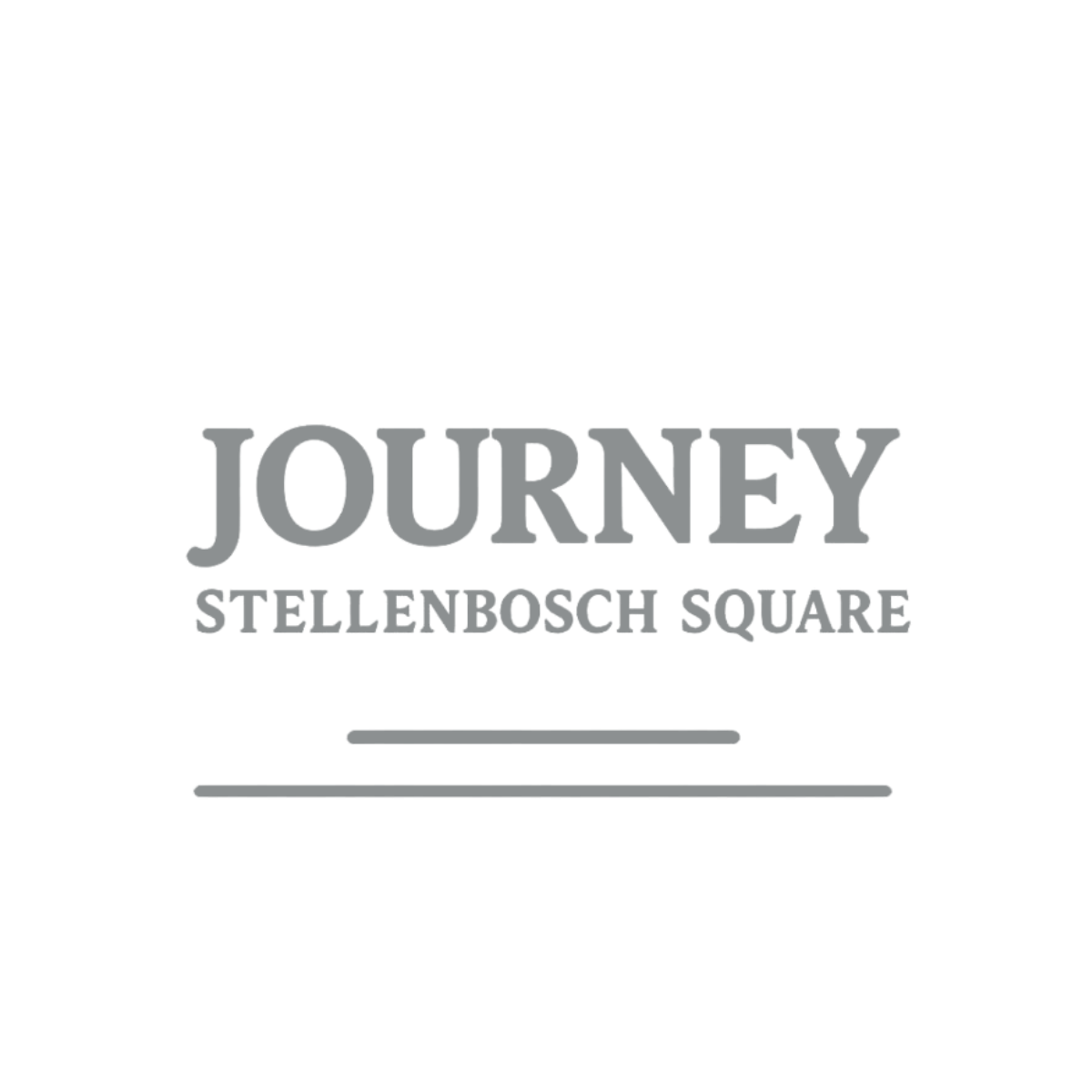"LOCAL IS LEKKER" HAS BECOME SOMETHING OF A RALLYING CRY — A PHRASE THAT CONJURES IMAGES OF COMMUNITY UPLIFTMENT, SMALL-BATCH CRAFTSMANSHIP, AND CONSCIOUS CONSUMERISM. WE HAVE COME TO FIND THAT IN THE COMPLEX LANDSCAPE OF SOUTH AFRICAN FASHION AND RETAIL, LOCAL ISN’T A FIXED DEFINITION — IT’S A SPECTRUM, AND UNDERSTANDING ITS NUANCE HELPS US MAKE MORE INFORMED, EMPOWERING CHOICES.
Many South African fashion labels design their garments locally — but not all produce them here. Our country’s textile and manufacturing industries have taken a hit from the intricate and rapid globalisation in the world, so some brands outsource production to other countries due to cost, skillset, or access to materials, while others might assemble garments here using imported fabrics or components. In this case, is it still “local”?
The answer isn’t simple — but it’s worth asking. A brand that designs in Cape Town but manufactures in Mauritius might still contribute to local culture and economy. There’s a difference between “South African-designed” and “South African-made”— and being transparent about that distinction matters.
A garment sewn in South Africa isn’t automatically 100% local. Many fabrics, dyes, threads and trims are imported— simply because our domestic textile industry isn’t what it used to be. So, is localness measured by where the garment is made, or by where its materials come from?
Some pioneering brands are pushing for both: locally woven fabric, local yarns, local dyeing and finishing— even regenerative farming of cotton or wool. At Breeth, we are proud to weave our fabrics right here in South Africa, using the finest natural cotton yarns, with our process being OEKO-TEX® certified. These efforts reflect a deep commitment to local value chains and environmental responsibility; but they also highlight how rare— and valuable— truly local production is.
Supporting local means supporting people, and local doesn’t always mean small. From informal traders to family-owned factories, the ecosystem of South African fashion includes a vast range of contributors. Local can mean a designer in a city studio, or a seamstress working in a rural co-op. It can mean upskilling, job creation, mentorship, and pride.
When we ask where and how something is made, we start to uncover the human stories behind our clothing. That’s where the power of local truly lies.
In a globalised world, the supply chain is rarely tidy. A single T-shirt might involve cotton from India, spinning in China, stitching in Durban, and a designer in Johannesburg. Instead of seeking purity, we can seek integrity. Who is making the effort to build better systems? Who is choosing transparency over trends?
Understanding the spectrum of local helps us move beyond buzzwords — into intentional action. As consumers, we don’t need to be perfect, but we can be curious. We can ask better questions, support better systems, and celebrate progress over perfection.
Local is a commitment, and every time we choose with care, we help stitch something better into being.













